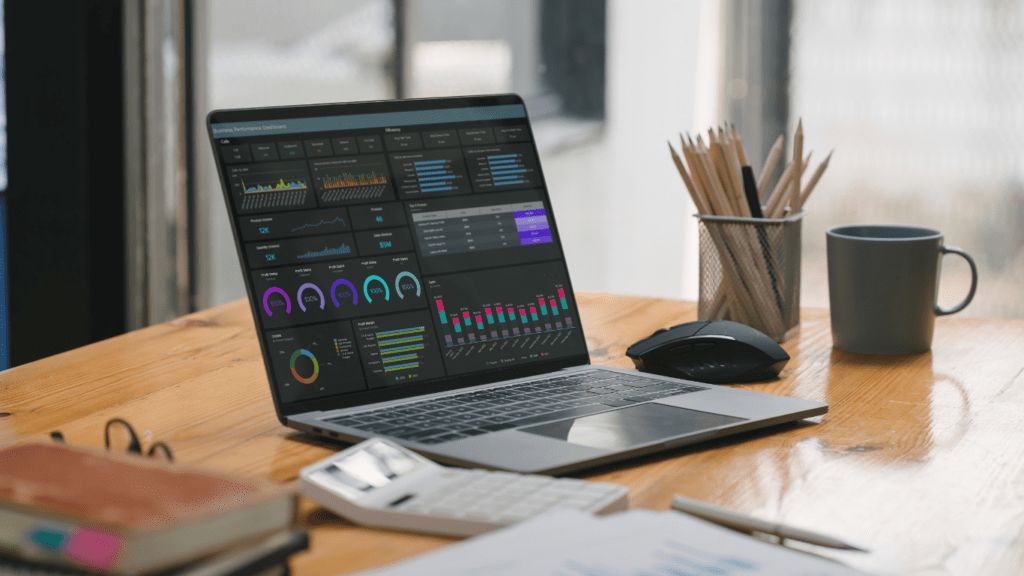In my years of following sports, I’ve seen countless trends come and go, shaping the way we play, watch, and think about games. From the rise of analytics in baseball to the speed-focused transformations in soccer, keeping ahead of these trends isn’t just interesting—it’s essential for anyone deeply invested in the sporting world. That’s where sports trend predictors come into play, a fascinating blend of data science and sports expertise that forecasts the next big shifts in athletics.
These tools aren’t just for analysts and coaches; they’re becoming increasingly crucial for fans who want to deepen their understanding of the game and for investors looking to make smart decisions in the sports industry. By diving into how sports trend predictors work and their impact, I’ll explore how they’re changing the landscape of sports as we know it. Join me as we uncover the secrets behind predicting the future of sports, ensuring you’re always one step ahead in the game.
Understanding Sports Trend Predictors
The Role of Data Analytics
Data analytics play a crucial role in sports trend prediction, providing the backbone for accurate forecasts. Analysts gather vast amounts of data on player performances, game outcomes, and even fan engagements across various sports. They utilize statistical models to identify patterns and trends that may not be visible to the naked eye. For instance, they might analyze the performance data of soccer players over a season to predict who could be the next big transfer or the potential rise of a new champion team. Such insights help coaches, scouts, and managers make informed decisions that align with future sports trends.
Key Technologies Involved
Several technologies are instrumental in the working of sports trend predictors. Machine learning algorithms are at the forefront, enabling the processing of large datasets more efficiently than traditional statistical methods could. These algorithms can adjust their parameters based on new data, improving their accuracy over time. Another significant technology is predictive modeling, which uses historical data to predict future outcomes. For example, predictive models might be used to forecast the results of upcoming matches based on team performance statistics. Additionally, technologies like artificial intelligence (AI) and big data analytics are increasingly being integrated to enhance the predictive capabilities of these tools, offering more precise and dynamic predictions than ever before.
Advantages of Using Sports Trend Predictors

Sports trend predictors are pivotal in shaping the understanding and anticipations in the sports domain. These tools offer a gamut of benefits from enhancing predictive precision to impacting financial aspects of sports.
Accuracy in Predictions
Sports trend predictors greatly increase the accuracy of forecasts related to sports events. By integrating advanced technologies such as machine learning and big data analytics, these predictors process vast datasets to uncover underlying patterns. Examples include player performance metrics and historical game results, which are essential for generating reliable predictions. This not only aids team managers and athletes in planning and preparation but also benefits media and sports journalists in creating more engaging and accurate content.
Impact on Sports Betting Markets
The influence of sports trend predictors on betting markets is profound. These tools provide bettors and oddsmakers with a clearer picture of potential outcomes, reducing uncertainties that are typically associated with sports betting. By supplying data-driven insights, predictors allow for better-informed betting decisions. As a result, both casual and professional bettors experience heightened chances of making profitable bets, which in turn incentivizes more participation in betting activities. Additionally, this elevated accuracy helps maintain the integrity of betting markets by deterring fraudulent activities and ensuring a fairer betting environment.
Challenges and Limitations
Data Privacy Concerns
One of the primary concerns with sports trend predictors revolves around data privacy. As these tools require extensive personal and performance-related data from athletes, ensuring the security and confidentiality of this information is paramount. Cases involving leaks of sensitive athlete data underscore the need for stringent security measures. High-profile breaches can lead to significant backlash, affecting the trust athletes, teams, and fans have in these predictive systems. Furthermore, compliance with international data protection regulations, like GDPR in Europe, mandates careful handling of data, imposing additional operational constraints on the deployment of sports analytics tools.
Reliability and Validation Issues
Another significant challenge lies in the reliability and validation of the predictions made by sports trend predictors. The accuracy of these tools depends heavily on the quality and extensiveness of the input data. Incomplete or biased data sets can skew predictions, leading to inaccurate forecasts. Moreover, sports are influenced by numerous unpredictable factors such as weather conditions, player injuries, and psychological aspects, which are often difficult to quantify and incorporate into predictive models.



Future of Sports Trend Prediction
Emerging trends in sports, coupled with technological advancements, lay a promising groundwork for the evolution of sports trend prediction. I’ll explore how emerging technologies and potential market growth could transform this dynamic field.
Emerging Technologies
Breakthroughs in artificial intelligence (AI) and machine learning (ML) mark a new era in sports analytics. These technologies offer unparalleled capabilities in handling massive datasets, resulting in more accurate and timely predictions. Take, for instance, deep learning algorithms: they analyze thousands of variables from sports games, including player statistics, weather conditions, and historical performance data. Real-time data processing technologies also play a vital role, enabling instant updates that can influence strategic decisions during live events. Additionally, the integration of IoT devices in sports equipment provides real-time data tracking athlete performances, which feeds back into predictive models to enhance their accuracy.
Potential Market Growth
The sports analytics market is set to experience significant expansion, driven by heightened demand across various stakeholder groups. Market analysts project this sector to grow at a compound annual growth rate (CAGR) of approximately 22% over the next five years, potentially reaching a valuation upwards of $4 billion by 2026. This growth is fueled by the increasing reliance on data-driven decisions in sports management and betting industries. Media outlets, sports leagues, and individual teams invest heavily in predictive analytics to gain competitive advantages and increase operational efficiencies. The rise in fantasy sports and e-sports further catalyzes this market growth, drawing in tech-savvy audiences that thrive on detailed statistical insights for their gaming strategies. This burgeoning demand underscores the expanding influence and essential nature of sports trend predictors in the digital age, enhancing viewer engagement and improving player recruitment and development strategies.
